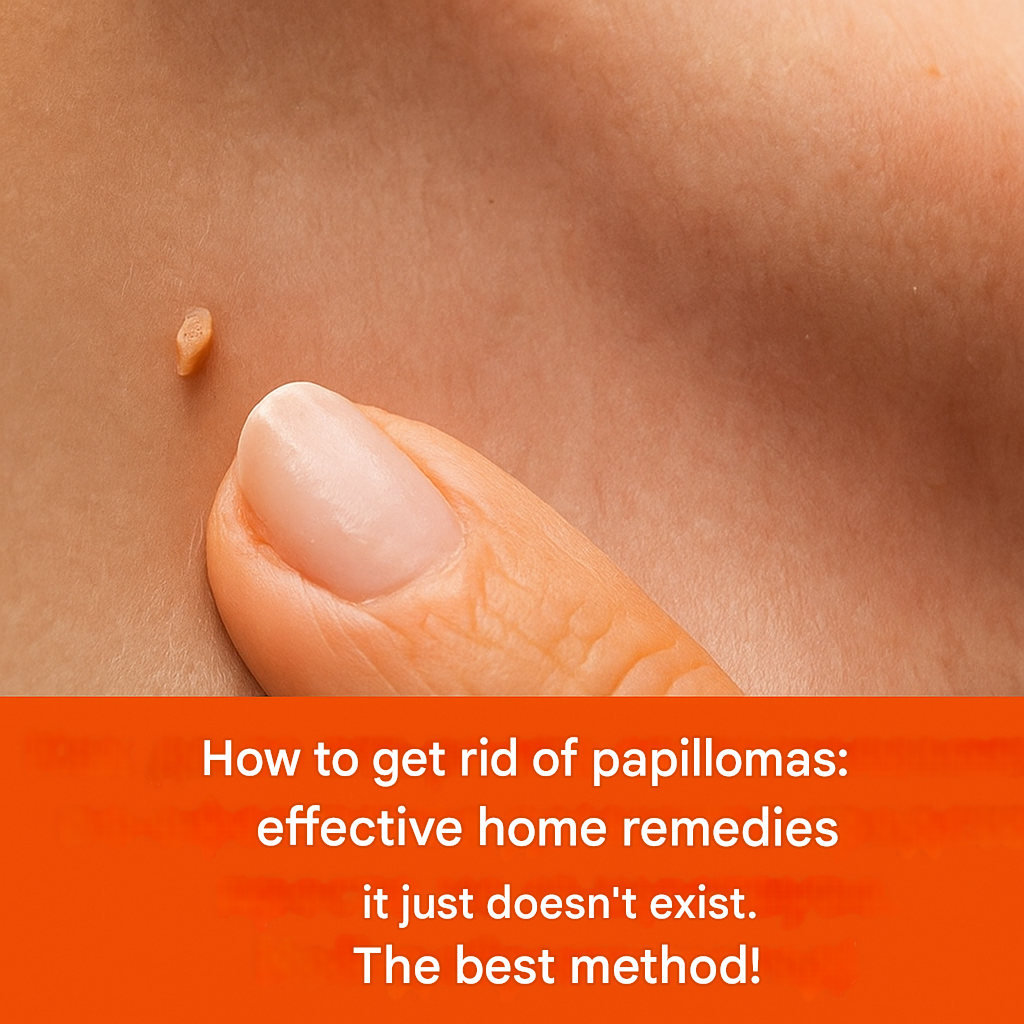Medical Elimination Methods (Most Reliable)
Here are the highly effective and risk-controlled procedures performed in the office:
Cryotherapy (liquid nitrogen freezing).
Suitable for many warts and some papillomas. Typically 1 to 3 sessions every 2 to 3 weeks. Temporary bleaching/blistering may occur.Electrocoagulation/cautery:
simultaneous burning and coagulation of the vessel. Fast, with a small wound and minimal bleeding.Radiofrequency excision
Precise cutting using radio waves; spares surrounding skin and often leaves a finer scar.Laser (CO₂, erbium, etc.)
Very precise depth control; suitable for sensitive areas and multiple small lesions.Surgical excision (pinch excision)
For larger or pedunculated papillomas; usually under local anesthesia, rapid healing.
The doctor chooses the technique based on the size, location, type and your preferences. This is the “optimal method”, that is, the most suitable for each patient .
Can I do this at home? Safe options and restrictions
There are limited cases in which the home approach is acceptable – mainly for common viral warts on the hands/feet, not the face and genitals.
1) Products containing salicylic acid (10–40%)
What: Mainly for warts , not for soft papillomas/skin tags.
Directions: Soak the area for 5 to 10 minutes in warm water, pat dry, apply the solution/gel patch only to the wart and protect the surrounding skin with petroleum jelly. Repeat daily for 6 to 12 weeks.
Who should be careful with: diabetes, peripheral neuropathy, sensitive skin, children – consult in advance.
2) Over-the-counter cryo-sprays for warts
Weaker than medical cryotherapy, but sometimes helps with small warts.
Follow the instructions carefully; avoid the face/genitals/sensitive areas.
Important: These remedies are not suitable for skin tags (small hanging bumps on the neck). Home waxing, cutting, or acid removal of these tags carries a risk of infection and scarring.
Dangerous Homemade Tricks to Avoid
Home ligation with wire/hair – easily inflames, may remain a staple and recur, bleeding and scarring are possible.
Cutting/shaving at home – risk of infection, scarring, heavy bleeding .
Vinegar, lemon, iodine, celandine, garlic, essential oils – often cause chemical burns and dermatitis; evidence of effectiveness is limited.
Inappropriate “corn acids” on the face/neck/genitals – high risk of damage to healthy skin.
Post-removal care (in the office or at home)
Keep the area clean and dry for the first 24 to 48 hours.
If there is a scab, do not break it ; let it fall off by itself.
On the recommendation of a doctor, you can use a mild antiseptic/epithelializing cream .
Avoid solariums and direct sun; if necessary – SPF 50+ .
If redness, severe pain or discharge occurs , consult a doctor.
